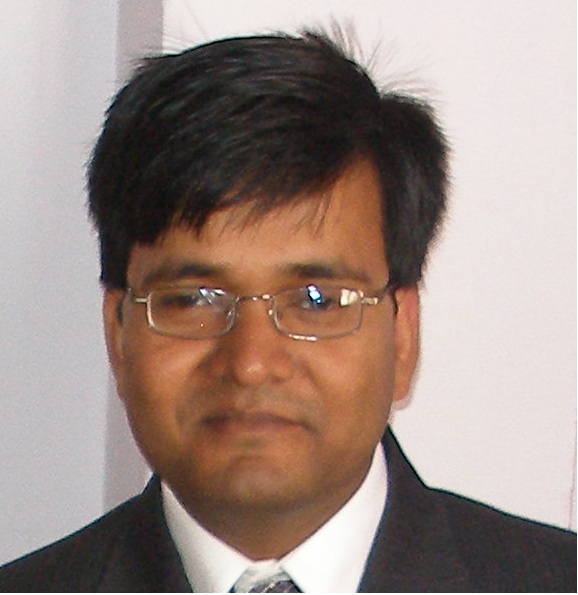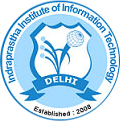Key Papers
Paper-1: M. S. Hashmi, A. L. Clarke, S. P. Woodington, J. Lees, J. Benedikt, and P. J. Tasker, "An Accurate Calibrate-able Multi-harmonic Active Load-Pull System based on the Envelope Load-Pull Concept," IEEE Transactions on Microwave Theory and Techniques, Vol. 58, No. 3, pp. 656-664, March 2010.
Brief Explanation: This work proposed an effective load-pull approach that possesses the main features of traditional passive and active load-pull approaches. For the first time, this paper reported a calibration strategy for active load-pull system. The approach is being widely used in industry as of now for the characterization and optimization of transistor devices for RFPA design.
Paper-2: F. M. Ghannouchi, M. S. Hashmi, S. Bensmida, and M. Helaoui, "Loop Enhanced Passive Source- and Load-Pull Technique for High Reflection Factor Synthesis," IEEE Transactions on Microwave Theory and Techniques, Vol. 58, No. 11, pp. 2952-2959, Nov. 2010.
Brief Explanation: Traditional passive load-pull systems are severely limited in their ability to synthesize high reection coefficient which is essential for high power transistor device characterization or harmonic termination essential for efficient RFPA design. In this reported all passive load-pull technique, an innovative passive loop is incorporated to achieve high refection factor. A patent was filed and
has been granted by USPTO.
Paper-3: M. S. Hashmi, F. M. Ghannouchi, P. J. Tasker, and K. Rawat, "Highly Reflective Load-Pull Techniques for Microwave Power Device Characterization," IEEE Microwave Magazine, Vol. 12, No. 4, pp. 96-107, June 2011.
Brief Explanation: In this paper, a review of the existing active and load-pull systems were done and then a novel architecture of hybrid load-pull system was proposed. Essentially, limitations of the existing systems were utilized to develop
the novel load-pull architecture. The proposed system utilizes standard active and passive load-pull systems and is capable of synthesizing high reflection factor required for RF Power Amplifier Design and Optimization. Several research labs are
following similar approach now for meeting their design needs.
Paper-4: M. A. Maktoomi, M. S. Hashmi, and F. M. Ghannouchi, "Systematic Design Technique for Dual-Band Branch-Line Coupler using T- and Pi-Networks and a Novel Wide Band-Ratio Crossover," IEEE Transactions on Components, Packaging and Manufacturing Technology (TCPMT), Vol. 6, No. 5, pp. 784-795, May 2016.
Brief Explanation: In this paper, a generalized analysis and design methodology of a dual-band branch-line coupler (BLC) is presented. The proposed design, although based on the prevalent method of replacement of various arms of a single-band BLC with an equivalent T-/Pi-network, simplifies the design approach by only replacing either pair of arms and therefore provides four distinct topologies. Closed-form
design equations along with insightful comments are reported for all the four topologies of the BLC. While investigating the limitations of previous designs, a strategy to obtain the crossover with so far the widest band-ratio and simple layout is also presented.
Paper-5: M. A. Maktoomi, M. S. Hashmi, and F. M. Ghannouchi, "Improving Load Range of Dual-Band Impedance Matching Networks using Novel Load-Healing Concept," IEEE Transactions on Circuits and Systems (TCAS - II), Early Access - April 2016.
Brief Explanation: This work presents a novel and very simple scheme to mendconventional dual-band impedance matching networks. It involves the employment of a load modifying element (load-healer) so as to extend the range of frequency dependent complex load that could be matched. Two simple load healers incorporated in the conventional T-Network are used to illustrate the concept. The proposed scheme can be successfully applied in many situations where conventional
matching networks are severely limited.
Paper-6: M. A. Maktoomi, M. S. Hashmi, A. P. Yadav, and V. Kumar, "A Generic Tri-band Impedance Matching Network," IEEE Microwave and Wireless Component Letter, Vol. 26, No. 5, pp. 316-318, May 2016.
Brief Explanation: This letter proposes a scheme and analytical formulation to achieve impedance matching at three arbitrary frequencies. The proposed matching network is cascade of a dual-band matching network and a novel dual-to-tri-band transformer. Analysis of the proposed network provides closed form generalized
design equations that enable physically realizable solution owing to the presence of a free design variable. A patent has been filed with the Indian Patent office and the effort is being put to file US patent through TIFAC (Department of Science and Technology, Govt of India).

